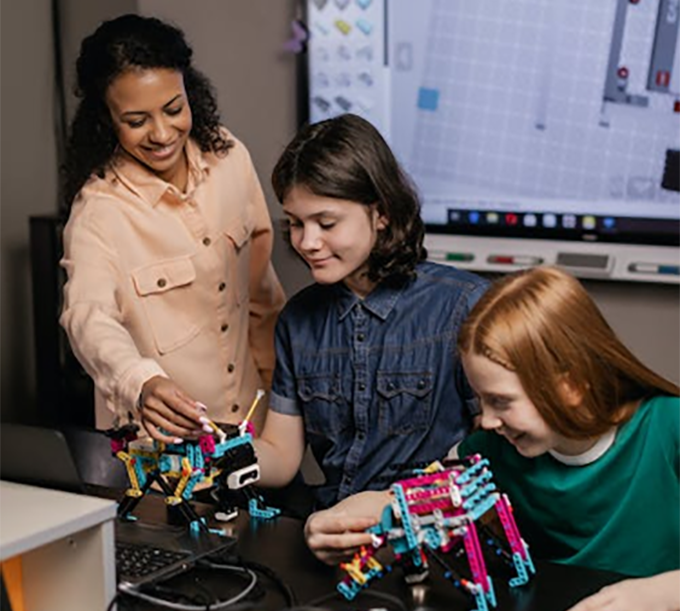
As we navigate through the 21st century, Science, Technology, Engineering, and Mathematics (STEM) education is becoming increasingly crucial in preparing students for a rapidly evolving world. However, the challenge lies in keeping these subjects engaging and relevant. This article from World.edu delves into innovative strategies that educators can employ to enhance STEM learning in the classroom.
Utilize Online Resources to Boost Student Skills
The internet is a treasure trove of educational resources that can significantly enrich the STEM learning experience. These resources provide a variety of content, from interactive exercises to comprehensive tutorials, catering to different learning styles and paces.
Furthermore, online resources often incorporate gamification elements, making learning more enjoyable and motivating for students. By integrating these resources into the curriculum, educators can foster a more dynamic and engaging learning environment.
Integrate Simulations and Models
Simulations and models are powerful tools in facilitating the understanding of complex STEM concepts. They provide visual representations of abstract theories, enabling students to better grasp and retain the information. Moreover, simulations and models offer a safe and cost-effective platform for experimentation. They allow students to manipulate variables and observe outcomes, fostering critical thinking and problem-solving skills.
Harness Online STEM Tools
Online STEM tools offer a myriad of opportunities for enhancing classroom learning. From coding platforms to digital microscopes, these tools provide hands-on experiences that bring STEM subjects to life. In addition to enriching the learning experience, these tools also help prepare students for the digital age. They encourage digital literacy and computational thinking, skills that are increasingly in demand in the modern workforce.
Digitalize Teaching Materials
In the digital era, transitioning from traditional paper-based resources to digitized teaching materials can significantly enhance the educational experience. Saving documents as PDFs allows educators to consolidate various documents into a single, accessible file, thereby boosting organization and efficiency. For instance, this may work to merge lesson plans, worksheets, and additional resources into one comprehensive PDF document. This not only streamlines the process of planning and delivering lessons but also makes it easier for students to access and navigate their learning materials.
Moreover, these tools enhance document security, ensuring that content cannot be easily altered without specific permissions. Therefore, while digitizing teaching materials may require an initial investment of time and effort, the long-term benefits make it a strategy worth considering. Indeed, this may work as a catalyst for creating a more interactive, efficient, and secure learning environment.
Select Appropriate Tools for Learning Goals
The selection of appropriate tools is crucial in achieving learning objectives. These tools should align with the curriculum and cater to the learning needs of the students. In addition to traditional tools such as textbooks and worksheets, consider incorporating technological tools like educational apps and online platforms. These can provide a more interactive and personalized learning experience, keeping students engaged and motivated.
Try Hands-on Activities
Implementing practical activities in the classroom offers students a chance to put their theoretical learning into practice. Activities such as science experiments not only enhance critical thinking and problem-solving abilities but also make the learning process more engaging and enjoyable for students. Furthermore, these hands-on tasks encourage experiential learning, which promotes a deeper understanding of concepts and aids in the long-term retention of knowledge.
Thus, practical activities serve as an effective tool in enhancing STEM learning by providing an interactive and dynamic learning environment. This approach ensures that students are not just passive receivers of information, but active participants in their learning journey.
Incorporating innovative strategies in STEM education can transform the learning experience, making it more engaging and relevant for students. By taking steps like harnessing the power of technology and digitizing teaching materials, educators can cultivate a love for learning and prepare students for the future.
